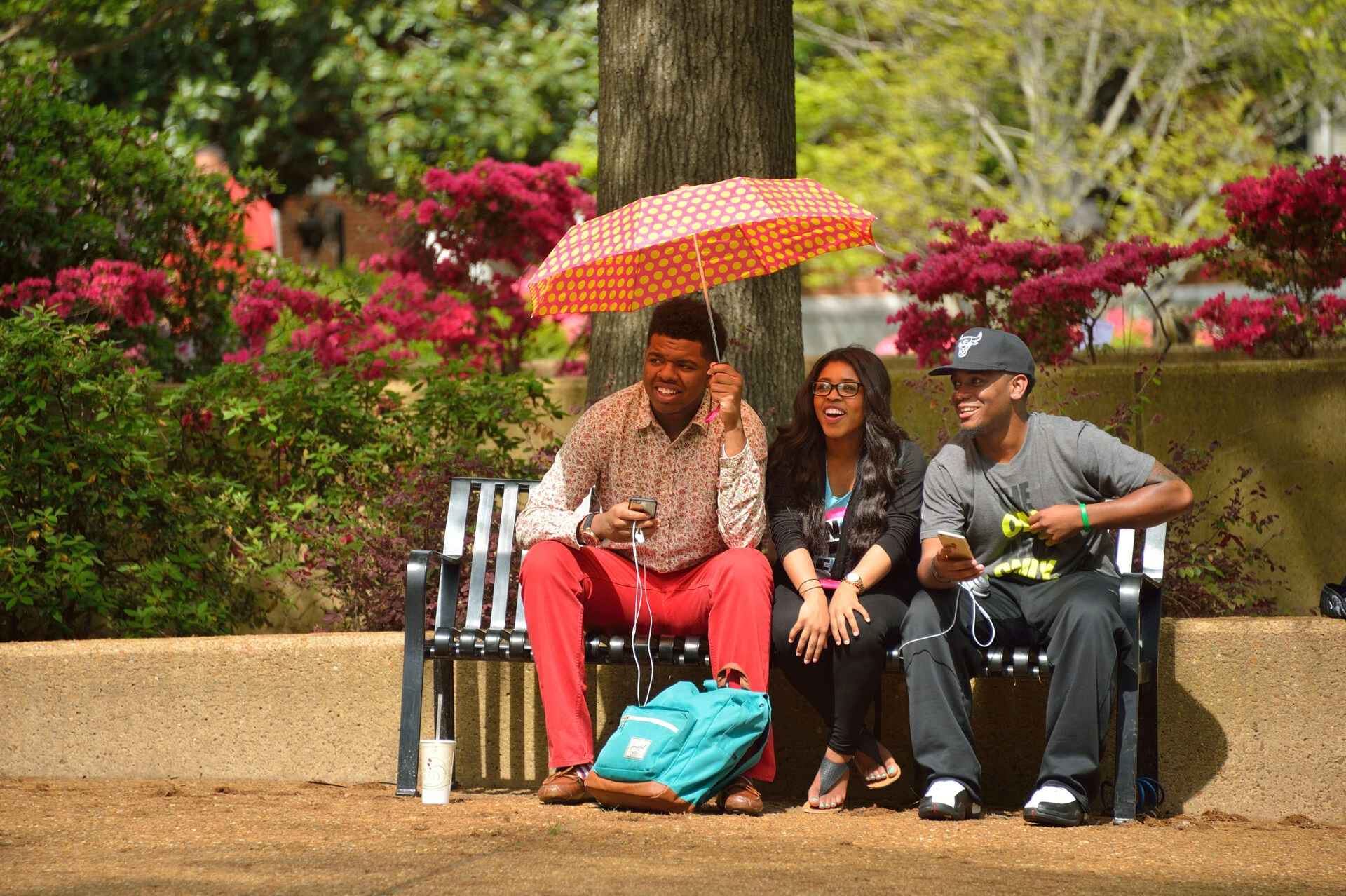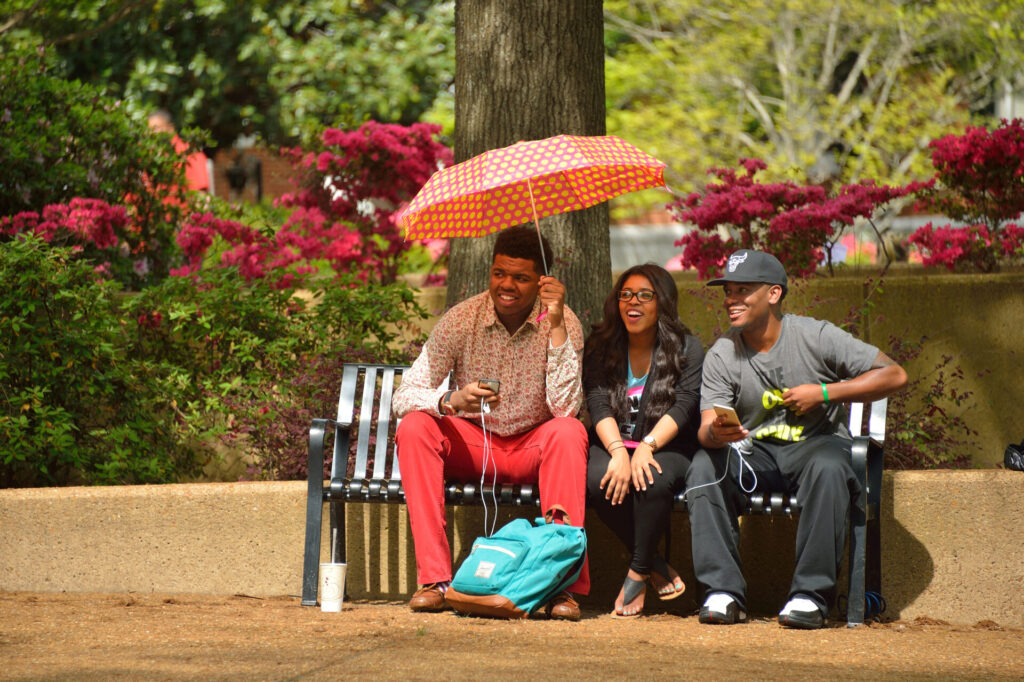Featured
News You Can Use: Beating the Heat

By Edwin B. Smith
University of Mississippi

A University of Mississippi health expert is advising the community to monitor how the summer heat is affecting their bodies to avoid any adverse effects.
Higher than normal temperatures have already sent many into hospital emergency rooms with heat-related illnesses this summer. This happens when increases in temperature outside causes a significant increase in temperature inside our bodies, said Alex Langhart, director of University Health Services.
This becomes a health concern when our bodies cannot regulate the rapid rise in temperature. Common illness due to extreme heat include heat cramps, heat exhaustion and heatstroke.
“The first and most important step to avoiding these things is to recognize differences in the symptoms,” Langhart said. “For example, the symptoms of heat cramps are painful involuntary muscle spasms, thirst and fatigue.
“Heat exhaustion is characterized by heavy sweating, fatigue, pale or clammy skin, a fast, weak pulse, dizziness, headache, nausea, vomiting and fainting.”
Langhart said the symptoms of heatstroke are a high body temperature, altered mental state or behavior, nausea, vomiting, flushed skin, rapid breathing, a racing heart rate and headache.
“Be aware that there is a distinction between exertional and nonexertional heatstroke,” he said. “Anyone, including young professional athletes, can get exertional heatstroke if they don’t observe recommended guidelines for exertion at the extremes of temperature or, more importantly, heat index.
“Nonexertional heatstroke affects individuals with physiologic or anatomic predisposition, such as those mentioned above, especially those at the extremes of age.”
While anyone can experience heat-related illnesses, Langhart said some age groups and demographics are more prone to them than others.
“The two age groups most in danger of heat-related illnesses are infants and young children and people 65 years of age or older,” he said. “Others who could also be at risk are people who overexert during work or exercise, people who are physically ill, especially with heart disease or high blood pressure, those suffering from concurrent viral or bacterial infections, or who take certain medications, such as for depression, insomnia or poor circulation.
“Those utilizing alcohol or stimulants are also considered high-risk. And don’t forget pets.”
When it comes to protecting oneself from heat-related illnesses, Langhart offered the following suggestions:
- Limit outdoor activity to cooler parts of the day.
- If you must be outside, find shade. Wear a hat wide enough to protect your face.
- Apply sunscreen.
- Drink plenty of fluids to stay hydrated. Always have water with you.
- Check on family members, older adults, children, neighbors and pets.
- Wear lightweight, loose-fitting clothing.
Even if you know all the symptoms and do your best to adhere to protections, there is always a chance that you might be affected by the heat. If this be the case, do not panic, but respond as quickly as possible, Langhart said.
“If you get heat cramps, remove yourself from the heat and rehydrate with water, electrolytes or a banana,” he said. “When experiencing heat exhaustion, again, remove yourself from heat, cool your skin with cool wet towels, rehydrate with water or electrolytes, and get near a fan or air conditioning.”
Treatment for a heatstroke requires medical attention. Victims should either call 911 or be transported to the nearest hospital emergency room or urgent care facility.
“While awaiting am ambulance or to be transported, remove yourself from heat, place ice packs or cool wet towels on your neck, armpits and groin,” Langhart said. “Rehydrate with water or electrolytes, and get near a fan or air conditioning.”









































